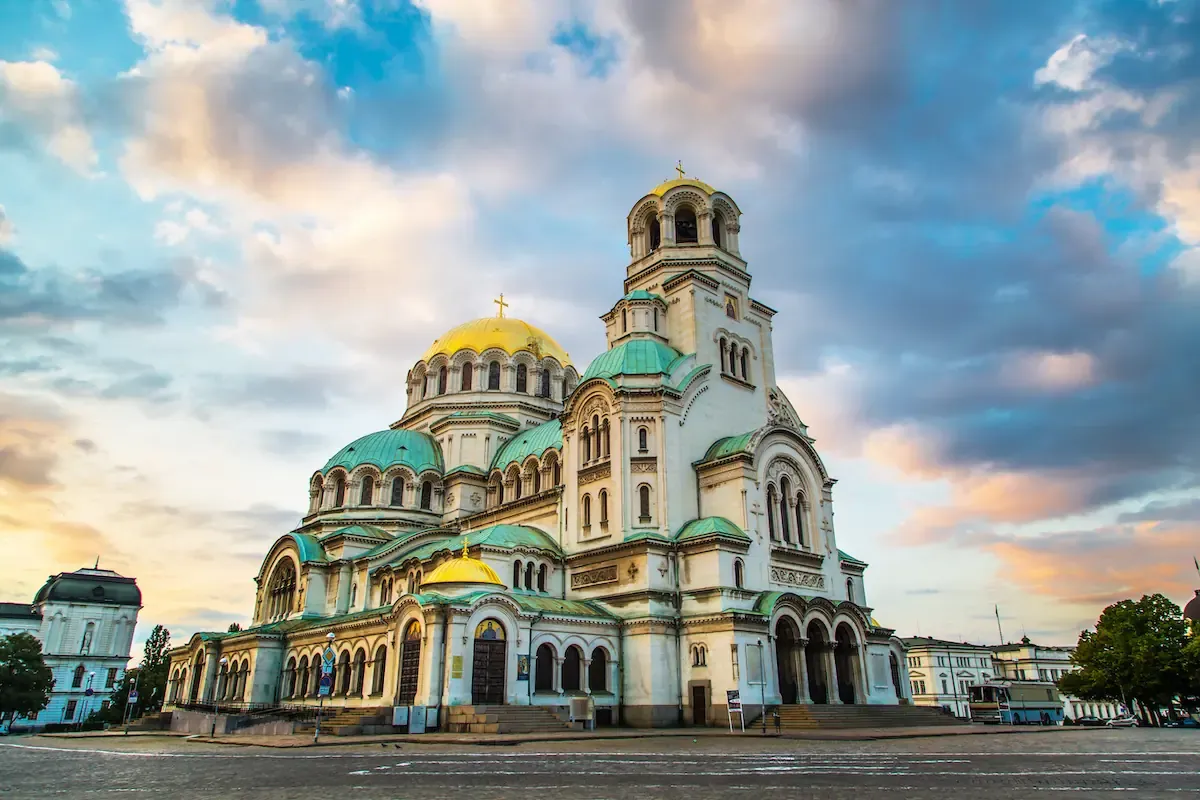Sofia, the capital city of Bulgaria, boasts a rich and extensive history that is evident throughout the city.
The remnants of the past can be seen in various layers, with excavations and small museums showcasing the Roman Ruins that lie beneath the city's surface. Additionally, the city's architecture tells a story of its own, transitioning from neo-Byzantine and neo-Baroque styles to German Functionalism, Bauhaus, and communist-inspired buildings.
Sofia's strategic location near neighboring countries like Serbia and North Macedonia opens up a world of possibilities for travelers, offering a plethora of activities and day trips to explore.
Furthermore, the city is renowned for its vibrant cultural scene, boasting numerous theaters, opera houses, and ballet performances, solidifying its place on the cultural map of southeastern Europe. Delving into the city's past, formerly known as Serdica, and discovering the best things to do in Sofia is an adventure waiting to be embarked upon.
Neo-Byzantine
The St. Alexander Nevsky Cathedral, located in Sofia, is widely recognized as one of the most iconic landmarks in the city and holds great significance as one of Bulgaria's prominent Orthodox churches.
Its construction was dedicated to honoring the memory of those who lost their lives during the Russian-Turkish War of 1878-1879, a pivotal event that led to Bulgaria's liberation from the Ottoman Empire.
The cathedral's awe-inspiring gold-covered domes are a sight to behold, complemented by the use of exquisite materials such as Italian marble, Brazilian onyx, and Indian alabaster, which contribute to its intricate design. Inside, visitors can explore the Christian art museum, which not only showcases religious art from Bulgaria but also provides interesting insights into the cathedral's construction and other historical facts.
National History Museum
The National History Museum offers a vast collection of over 650,000 exhibits, providing visitors with a captivating journey through Bulgaria's rich and diverse history, as well as the history of its capital city, Sofia.
From the ancient Bronze Age to the intriguing Middle Ages, the museum showcases a wide range of artifacts, including war relics such as uniforms, everyday textiles, maps, and even pieces of furniture.
Exploring the different eras of Bulgaria will undoubtedly captivate and engage all visitors. For those with a keen interest in archaeology, the museum's archaeological and historical rooms house an incredible array of items discovered during excavations across the country.
After immersing oneself in Bulgarian history, visitors can enjoy a delicious lunch at the museum buffet and explore the library and souvenir shop. The museum welcomes guests every day from 9:30 am to 6 pm, providing ample time to delve into the fascinating world of Bulgaria's past.
National Palace of Culture
The National Palace of Culture, also known as NDK, is a convention center located in the heart of Sofia, Bulgaria.
It was built in 1981 and is considered the largest convention center in the southeastern region of Europe. With an estimated 300 events per year, NDK is a popular venue for concerts, conventions, conferences, exhibitions, festivals, and more.
Covering approximately 123,000 square meters and towering around 8 stories high, NDK is an impressive structure that attracts visitors from all over the world. In addition to hosting events, NDK is also home to a piece of the Berlin wall, located on the left side of the main entrance.
Visitors can check out their website to find more information on upcoming shows and events taking place inside.
The pagalworld is a free open site that assists you with getting travel info online from the World. You will get information related to places, hotels, flights, buses, trains, rent a car in countries and many more around the world.

